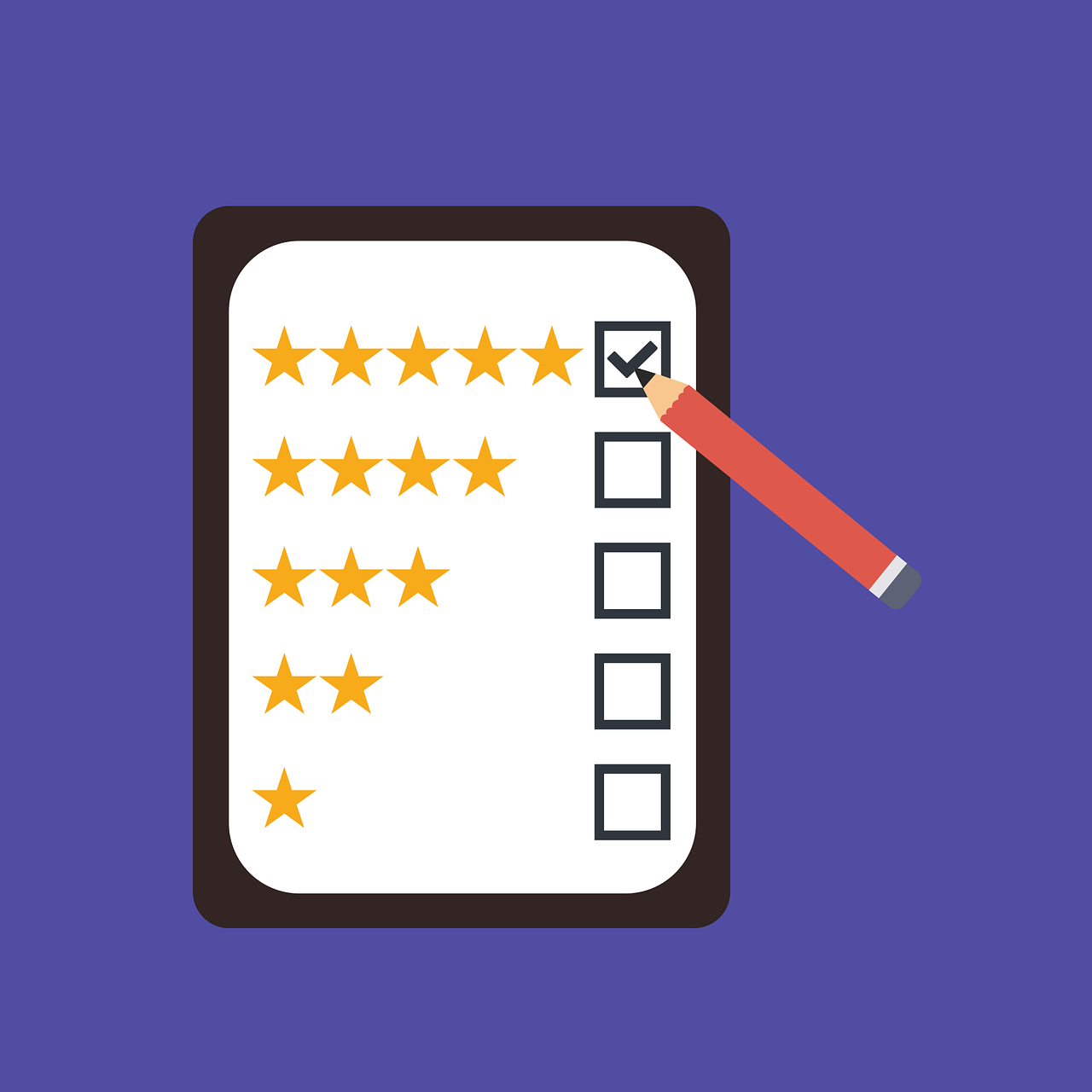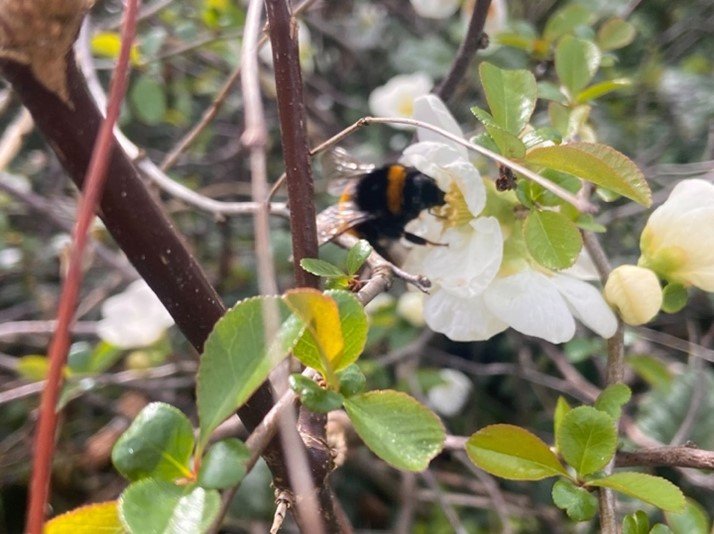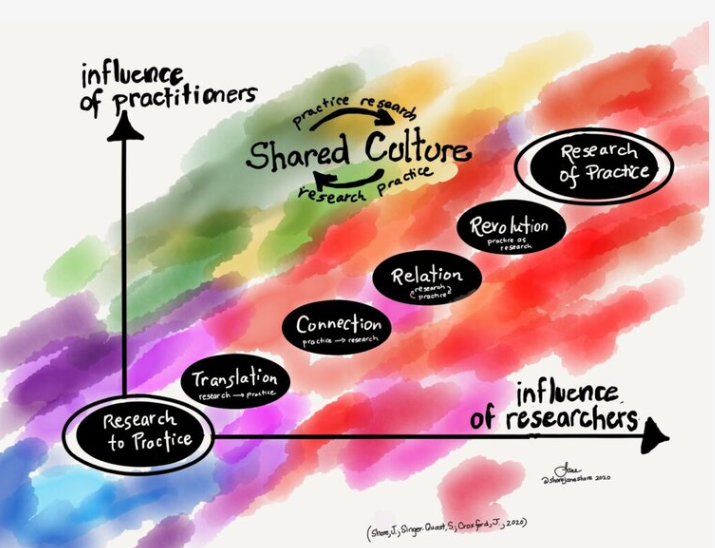Three Benefits of a Literature Review
by D. Bondy Valdovinos Kaye, University of Leeds
See: The impact of algorithmically driven recommendation systems on music consumption and production - a literature review by David Hesmondhalgh, Raquel Campos Valverde, D. Bondy Valdovinos Kaye, and Zhongwei Li.
Writing a literature review is a fundamental element of any scholarly research project. While literature reviews generally precede a methods or discussion section, they are also invaluable resources in their own right to inform readers about a given topic. Earlier this year, my colleagues and I published a standalone literature review on the impacts of algorithmically driven recommendation systems on music consumption and production as part of a larger project investigating the impacts of digital streaming on music culture. Beyond the important role literature reviews serve in the broader research process, this short commentary reflects on three additional benefits we gained from writing our literature review, namely: doing rigorous interdisciplinary research; writing for non-academic audiences; and working together with new collaborators.
To begin, literature reviews bring concepts from different fields into dialogue. A literature review introduces the main theoretical frameworks and defines the key concepts that will be examined by the research. Often these theories and concepts draw from a range of different sources from various linked or unlinked fields of study. Writing an interdisciplinary literature review involves searching for possible points of overlap, identifying multiple different gaps, and unifying separate sets of ideas. The complexities of interdisciplinary research become more apparent the greater the distance between fields. Researchers are likely to find more similarities among literature from sociology and psychology, for example, than may exist between literature from computer science (CS), humanities, arts, and social science (HASS) as in the case of this review. All four authors of this review came from backgrounds in HASS, which created additional challenges to identify, interpret, and synthesize literature written by and for CS academics. To address potential blind spots and ensure the appropriate rigor, we sought feedback from colleagues with relevant CS expertise to review drafts and point us to any important material we might have missed. The final piece aims to offer a balanced review of concepts that are legible to readers regardless of scholarly background or professional expertise.
Learn more reviewing and analyzing literature in this free Methodspace webinar! Register now.
Next, writing a literature review helps researchers adjust to different audiences. Writing in concise and accessible language should be a goal for any literature review but it is even more crucial for academic works aimed toward non-academic readers. Our review was commissioned by the UK government as part of a larger ongoing inquiry into the economics of music streaming. Therefore, in addition to breaking down scientific concepts clearly for a lay-audience, the review needed to call attention to key issues and debates that are relevant to policymakers. Another consideration when working with a public funding body is how the path from submission to publication differs from more 'traditional' publication processes. Unlike a journal article or book chapter, there was no standard peer review for this piece. Without peer review, we needed to ensure we had thoroughly and sufficiently addressed important topics and debates in the literature before submitting our review. We are grateful for the feedback we received from outside experts, whom we acknowledge in our review.
Finally, writing a literature review as the first stage in a collaborative setting can help researchers build and develop team dynamics. Collaboration can be an enriching experience for researchers at all stages of their careers, and particularly for those who will be working together on a team. Our literature review was also the first opportunity for members of our research team to work together on a project. Through writing this review at the outset of our longer-term collaboration, we had the opportunity to get to know each other on an interpersonal and intellectual level, learned each other's working styles, and uncovered questions that would inform future collaborative works. Beyond the unique circumstances of our long-term collaboration, researchers working together on projects in any setting can benefit by dividing up labor to write a literature review as a way to gauge the shape of the collaboration to come.
Writing a literature review can feel daunting at first. Like any other piece of writing, the perfect, all-encompassing literature review does not exist. There will always be more books and articles to read and the elusive piece of extremely relevant literature that is only discovered after the review is finished or submitted. Following steps and guidelines, like those outlined elsewhere on SAGE MethodSpace, can equip researchers at all levels of experience with the tools needed to prepare systematic and robust reviews. Beyond the important role in the broader research context, literature reviews help researchers to navigate across disciplinary boundaries, write for non-academic audiences, and get to know one's collaborators.
Dr D. Bondy Valdovinos Kaye (he/they) is a postdoctoral research fellow at the University of Leeds working on MUSICSTREAM (2022-2026). Kaye holds a Bachelor of Arts in Psychology with a minor in Music Performance (2014) and a Master of Science in Mass Communications (2016) from Kansas State University (USA). Kaye completed a PhD in Creative Industries in 2021 at Queensland University of Technology (Australia). Kaye’s doctoral research examines music creators and copyright law in Myanmar, interrogating the colonial legacy and power dynamics of copyright in informal media industries. Kaye is the author of TikTok: Creativity and Culture in Short Video (2022, co-written with Jing Zeng and Patrik Wikström), the first scholarly monograph on TikTok published by Polity Press. Kaye has published eleven peer-reviewed journal articles on topics including short video platforms and patriotism in China, media censorship in India, and copyright enforcement on YouTube. From 2014-2019, Kaye was the drummer, bassist, and co-songwriter for the band Parallel Path.
































Do you think about research questions as an insider, outsider, or somewhere in between? Why is positionality important in online research?